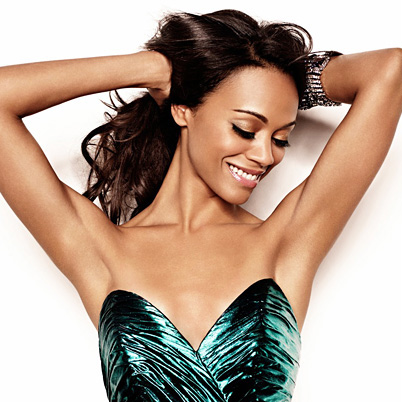So you're going on a tropical vacation. You pack a tube of SPF 70 sunscreen, and you feel smug. Who cares if it goes on like glue? No one can touch your sunscreen game, amiright!?
Wrong. You'd be better off packing two bottles of SPF 30 sunscreen with physical UV blocks than that crazy-thick, SPF-infinity stuff. Studies have shown that SPF 30 blocks 97 percent of UV rays; SPF 50 is only marginally better, blocking 98 percent of rays. Wearing sunscreen with super-high SPF isn't harmful in itself, but it can lull you into a false sense of security and thus make you less careful about reapplication.
For lighter skin tones, Lai recommends using sunscreen with an SPF of 30 and reapplying every two to three hours. "If you have a darker skin type, all you really need to use is a 15," he advises. Frank emphasizes quality of ingredients when choosing a sunscreen. "A [sunscreen] should have zinc or titanium oxide, which is a total UV block." If you're worried about tweaking your makeup, Frank recommends carrying a tinted moisturizer with SPF for reapplication. Hats and sunglasses also come in handy, Lai says.
Wrong. You'd be better off packing two bottles of SPF 30 sunscreen with physical UV blocks than that crazy-thick, SPF-infinity stuff. Studies have shown that SPF 30 blocks 97 percent of UV rays; SPF 50 is only marginally better, blocking 98 percent of rays. Wearing sunscreen with super-high SPF isn't harmful in itself, but it can lull you into a false sense of security and thus make you less careful about reapplication.
For lighter skin tones, Lai recommends using sunscreen with an SPF of 30 and reapplying every two to three hours. "If you have a darker skin type, all you really need to use is a 15," he advises. Frank emphasizes quality of ingredients when choosing a sunscreen. "A [sunscreen] should have zinc or titanium oxide, which is a total UV block." If you're worried about tweaking your makeup, Frank recommends carrying a tinted moisturizer with SPF for reapplication. Hats and sunglasses also come in handy, Lai says.
If you've looked at the ingredient lists on skin-lightening products, you've probably seen hydroquinone, which has been used as a skin-lightening treatment for decades. But, oh, is she a fickle mistress. "Hydroquinone, although effective for dark spots, can only be used in limited amounts and does nothing for wrinkles," Dr. Frank says. "Over-the-counter products usually have about two percent, [which] is not sufficient to make a difference." In addition to increasing skin's sensitivity to the sun, he explains, hydroquinone "can have the reverse effect and make the area darker if misused."
Dr. Frank likes two other ingredients for treating hyperpigmentation: arbutin, which is derived from bearberry, mushrooms and certain fruits; and kojic acid, which is produced in the fermentation process of sake. Arbutin and kojic acid don't make skin as photosensitive as hydroquinone does, he says.
Dr. Frank likes two other ingredients for treating hyperpigmentation: arbutin, which is derived from bearberry, mushrooms and certain fruits; and kojic acid, which is produced in the fermentation process of sake. Arbutin and kojic acid don't make skin as photosensitive as hydroquinone does, he says.






